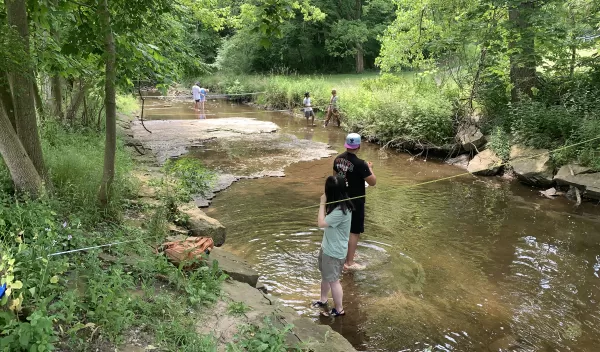
Finding critical minerals from scoops of sand
Smartphones, batteries and satellites all require critical minerals like cobalt, niobium and tin. As society increasingly relies on these minerals to create a more sustainable energy economy, demand may soon outpace available supply.
To potentially help boost national supply of critical minerals, which are crucial to both the economy and national security, Dustin Trail and Rachel Glade, professors at the University of Rochester, are collaborating on a U.S. National Science Foundation-supported project to find novel ways to identify undiscovered critical mineral reservoirs.
"With just a scoop of sand from a river basin, we can sample all the surface rocks and see if any of them came from critical mineral-enriched sources," Trail said. Quartz carries tiny amounts of critical minerals inside, which could be used to fingerprint whether each quartz grain found in a riverbed originally came from a critical mineral-rich rock or not.
In addition to studying the minerals themselves, the team will also study how mineral grains move in rivers and drainage basins. Glade will collect hundreds of rocks, drill into the rocks to add a radio frequency identification tracker, put them back in the stream and then see how far they travel. These data points will go into a mathematical model to help predict how minerals’ shape and size affect how they move in river basins, with the goal of using these quantities to predict travel distance, and therefore origin, of the sediments.
The team is focusing efforts on sites around Rochester, New York, but could see following a similar approach in areas that are more remote and difficult to explore, such as Alaska.
